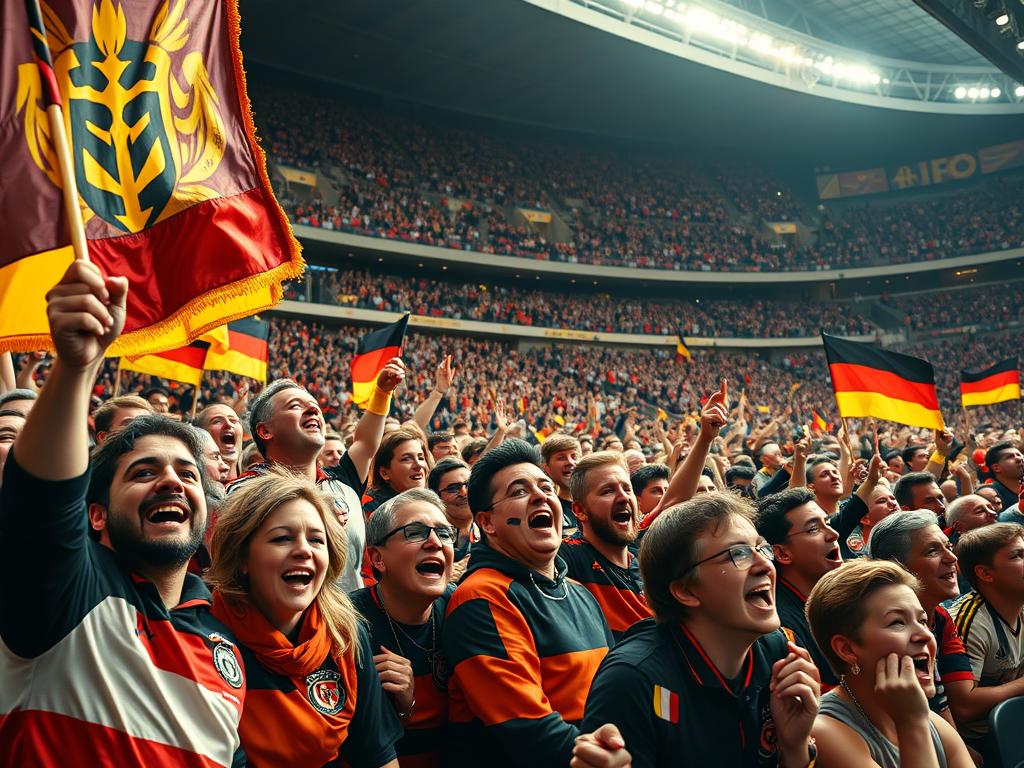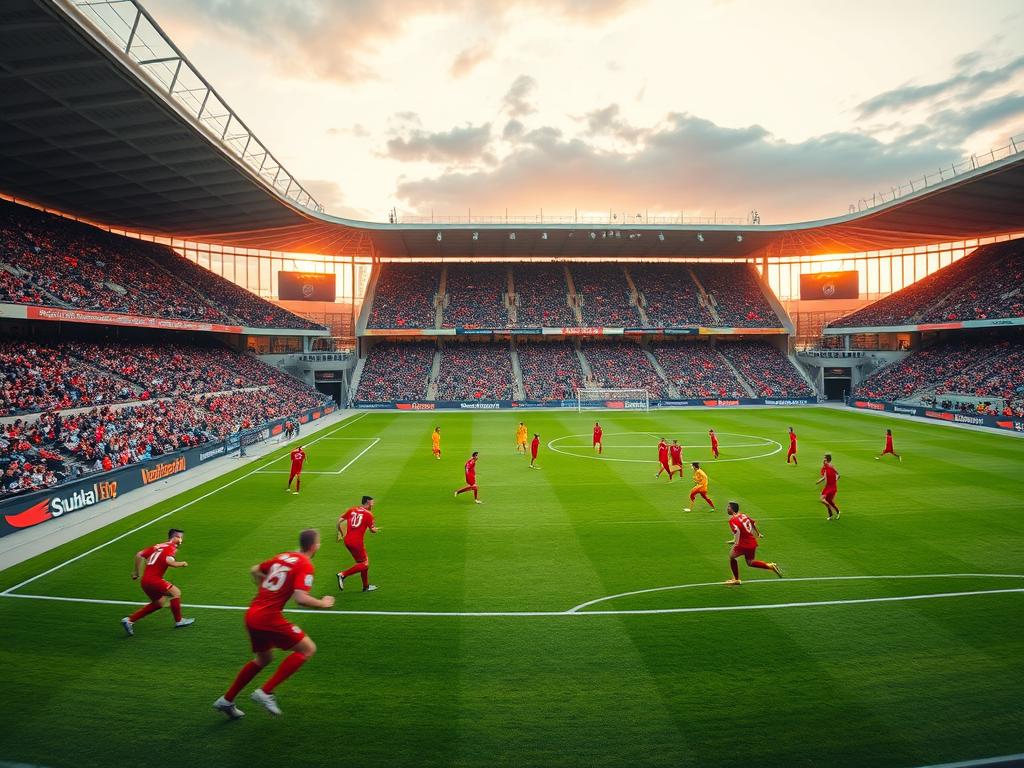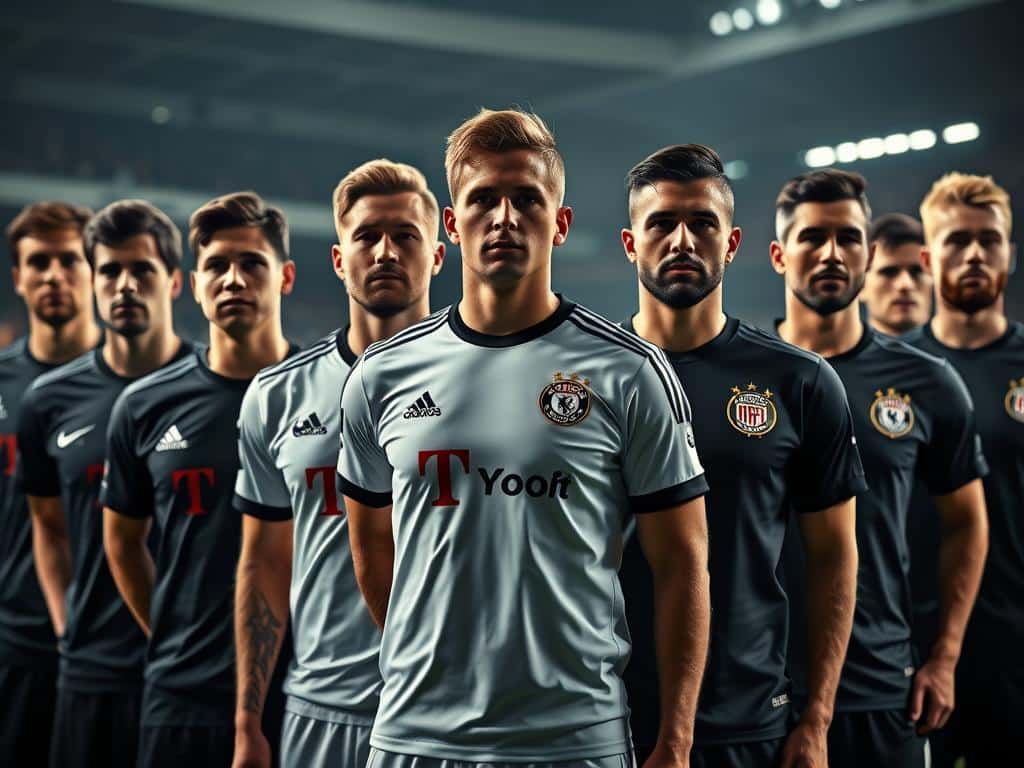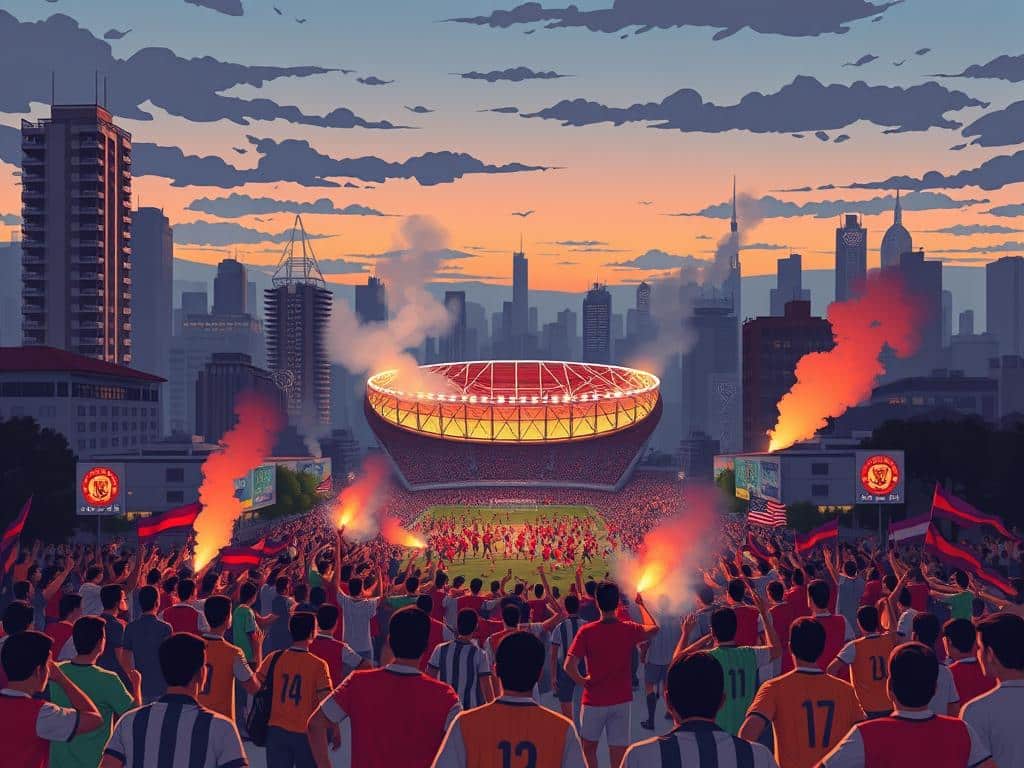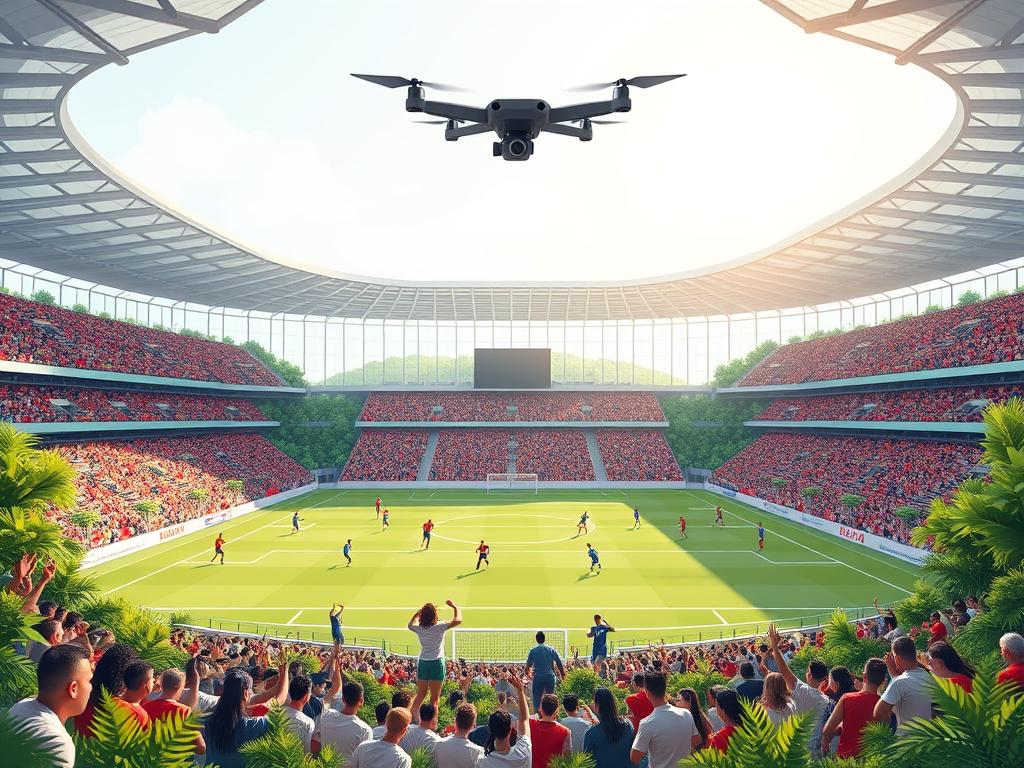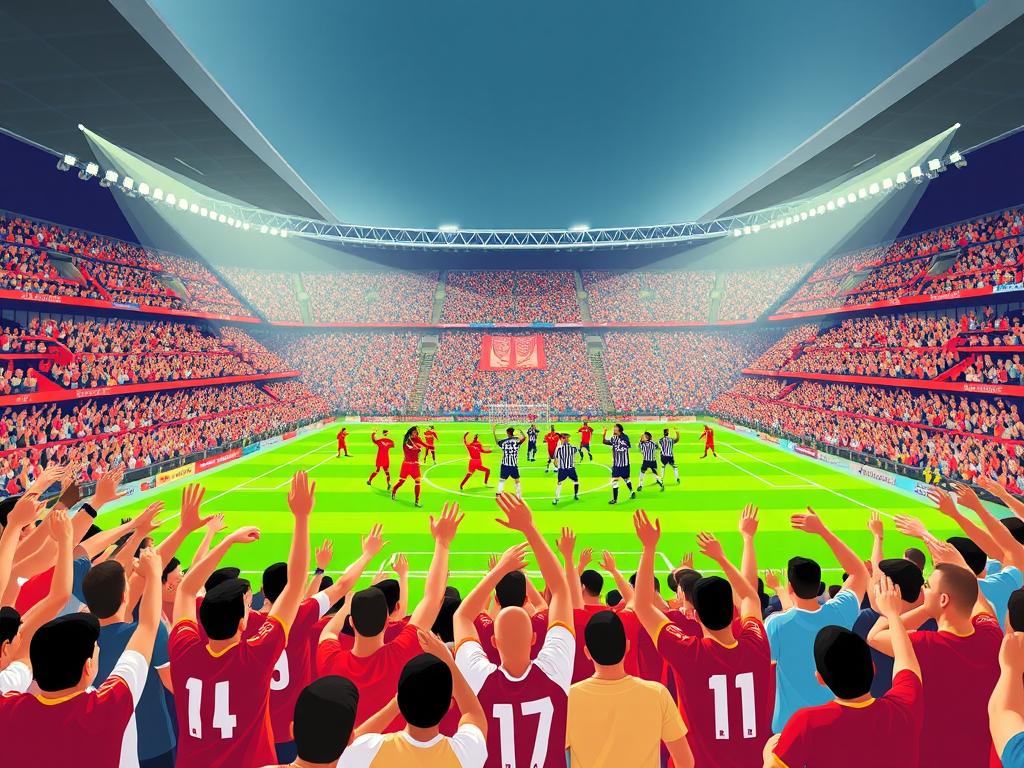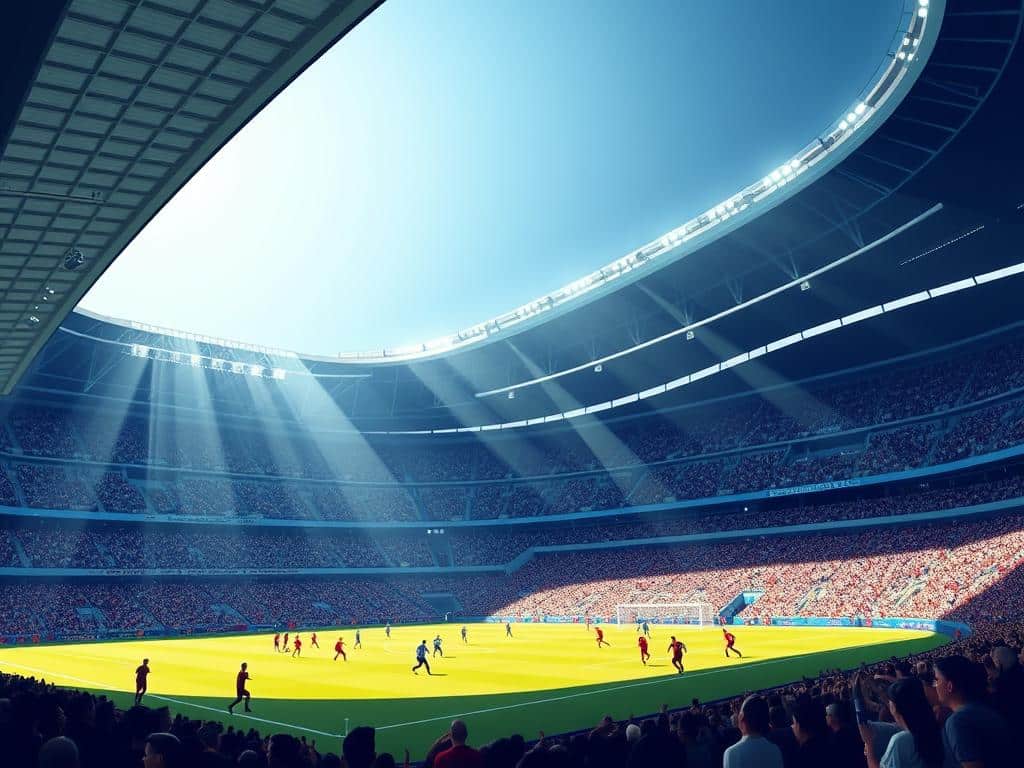Ever wondered why Bundesliga stadiums roar louder than most? The answer lies in the electric atmosphere created by devoted supporters. From Dortmund’s legendary “Yellow Wall” to Union Berlin’s fan-built stadium, German football thrives on passion, tradition, and unity.
Ultras lead the charge, blending artistry with activism through jaw-dropping tifo displays. Safe standing areas and affordable tickets—some as low as €9—keep matches accessible. This isn’t just about the game; it’s a celebration of community.
Ready to dive deeper? Let’s explore how this vibrant scene sets the standard worldwide.
The Origins and Evolution of Ultra Culture in German Soccer
Behind every thunderous chant is a story—German ultras built theirs on rebellion and artistry. These groups didn’t just copy traditions; they remixed them into something uniquely powerful.
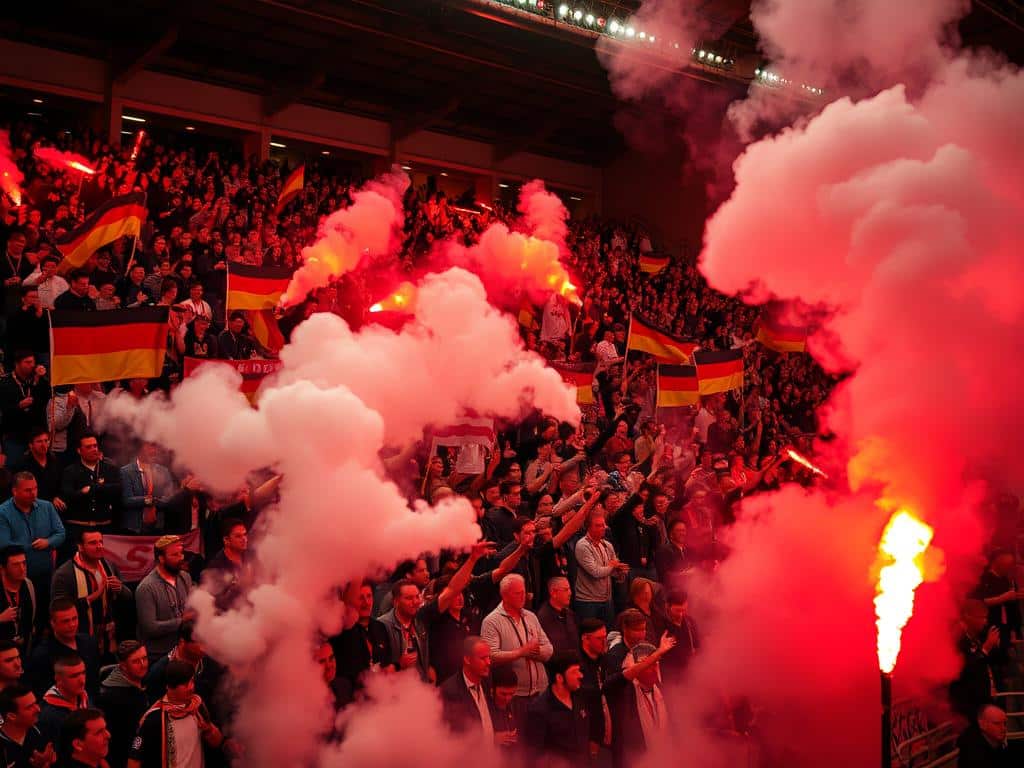
From Italian and Eastern European Influences to Local Traditions
In the 1980s, Hamburg fans brought Mediterranean flair to Bundesliga clubs. They borrowed tifo choreography from Italian ultras and protest tactics from Polish supporters.
Eastern Bloc smuggling networks secretly spread pyrotechnics. By the 1990s, flares lit up stands as symbols of defiance.
The DIY Ethos and Independence of German Ultras
Ultras rejected commercialism. Instead of sponsors, they sold merch to fund epic displays. FC Sankt Pauli’s groups led the charge in 1988, blending punk’s DIY spirit with soccer passion.
When security cracked down on hooligans, ultras became more organized. Their 2018 “Pro Fans” campaign saved the 50+1 rule—proof that loyalty wins.
- Art meets action: Tifos became political canvases.
- No corporate strings: Ultras answer only to their clubs.
The Stadium as a Stage: Visual and Political Expressions
German stadiums don’t just host matches—they become canvases for breathtaking art and bold statements. Here, the stands erupt with color, sound, and meaning, turning 90 minutes into a spectacle of unity and defiance.
Tifos and Choreographed Displays: Art in the Stands
Imagine 10,000+ supporters flipping colored cards in unison, transforming the terraces into living mosaics. These displays aren’t random—they’re months in the making, like Frankfurt’s 450m² “Football Needs Freedom” tifo.
Clubs like Bayern Munich take it further. Their “No to Qatar Money” protest during a Champions League match blended artistry with activism, proving soccer isn’t just a game.
Banners and Protests: Political Messaging in Football
Walk into St. Pauli’s Millerntor Stadium, and you’ll see a permanent banner: “No Human Is Illegal.” Such banners are part of matchdays, challenging norms and sparking debates.
Even security checks can’t dampen the spirit. When RB Leipzig’s corporate model drew ire, rival groups unveiled protest banners mid-game—no words spared.
Community Activism Beyond the Pitch
Ultras invest time and resources off the field too. Union Berlin’s community kitchens feed hundreds weekly, while Dortmund’s supporters raise €250k yearly for food banks.
Fortuna Düsseldorf’s “Fortuna For All” initiative offers free tickets to locals, proving soccer’s power to uplift. It’s not just about the sport—it’s about the people.
The 50+1 Rule: How Fan Culture in German Soccer Retains Control
While global football shifts toward billionaire ownership, German clubs remain firmly in fans’ hands. The 50+1 rule, introduced in 1998, ensures supporters hold majority voting rights—a policy unmatched in top leagues. It’s no surprise Bundesliga stands buzz with passion when members call the shots.
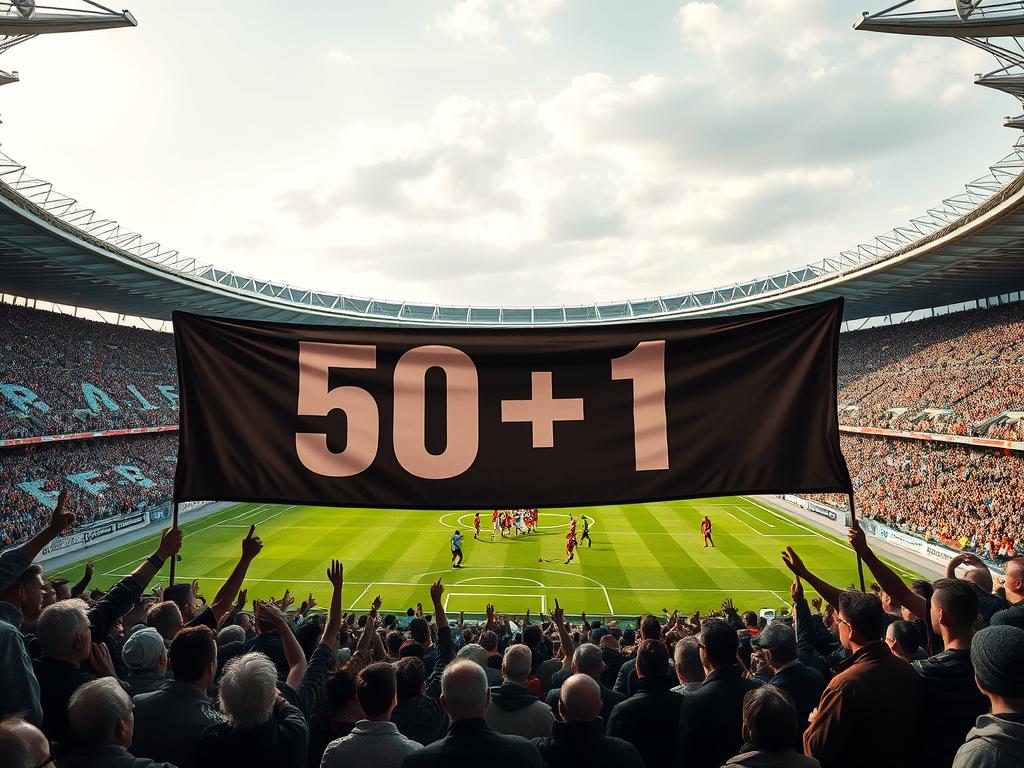
The Origins and Purpose of the 50+1 Rule
Born from a DFB ruling, the 50+1 rule stops investors from taking over clubs. Teams must keep 50% plus one share under member control. Only Wolfsburg (Volkswagen) and Leverkusen (Bayer) are exempt—legacy exceptions from their factory-team roots.
Exceptions and Controversies: RB Leipzig and Beyond
RB Leipzig bent the rules with a 17-member board—all linked to Red Bull. Compare that to Dortmund’s 150,000+ members, and you’ll see why rivals boycott Leipzig away matches. Their “plastic club” banners say it all.
Fan-Led Campaigns to Protect the 50+1 Rule
Supporters don’t just chant—they act. Here’s how:
- Dortmund’s veto power: Members blocked a Qatar Airways sponsorship in 2021.
- Bremen’s stand: Fans voted down stadium naming rights despite financial woes.
- Affordable access: €4 beers and €60 annual fees (Bayern) vs. Premier League prices.
In German football, the terraces aren’t just loud—they’re the boardroom.
Controversies and Challenges in German Fan Culture
German football’s vibrant energy has a shadow side. While the stands buzz with passion, they also face clashes, extremism, and modern disruptions. Let’s explore the tensions behind the tifos.
Clashes with Police and Pyrotechnics: The Dark Side of Passion
Flares light up stadiums—but they also spark trouble. The 2017 Berlin Derby saw 300+ arrests after clashes police over pyrotechnics. Annual damages? A staggering €15M in repairs and security costs.
Ultras argue flares are tradition. Authorities call them hazards. This tug-of-war plays out weekly, with matches sometimes paused for safety sweeps.
Extremism vs. Inclusivity: The Dual Faces of Ultra Groups
Some groups divide more than unite. Dynamo Dresden’s 2020 neo-Nazi banner shocked the league, while St. Pauli’s LGBTQ+ alliances set a counter-example.
Hansa Rostock’s far-right elements clash with Schalke’s charity drives. The message? Football mirrors society—its best and worst.
The Impact of COVID-19 on Fan Presence and Protests
Empty stadiums during “Geisterspiele” (ghost games) sparked creativity. Frankfurt fans hosted drive-in screenings. Others left 50,000 teddy bears in seats as silent protests.
Monday night matches drew ire too. Coordinated 15-minute boycotts forced a policy reversal. Even without presence, fans made noise.
- Tradition under fire: Pyrotechnics test security limits.
- Two extremes: Hate speech vs. unity campaigns.
- Pandemic pivots: From teddy bears to drive-ins.
The Future of German Soccer Fan Culture: Tradition Meets Modernity
What’s next for the heart and soul of Bundesliga stands? Imagine drone light shows syncing with hand-painted tifos—a fusion of old-school artistry and cutting-edge tech. Supporters aren’t just keeping traditions alive; they’re reinventing them.
Take Hertha Berlin’s recent clash with investors. It sparked the rise of “ZwanzigZweiSteher,” a new activist group fighting for fan rights. Meanwhile, apps now digitize terrace chants, ensuring future generations never lose the roar.
Climate action is entering stadiums too. Proposals for Forest Green-style eco-venues align with football’s push for sustainability. Even the 2024 EURO plans reflect this shift, with €25 tickets and safe standing areas.
From Eintracht Frankfurt’s 100k-strong Seville takeover to the Bundesliga’s €7B TV deal, clubs and community must balance growth with identity. One thing’s clear: the future is loud, proud, and unmistakably fan-first.

